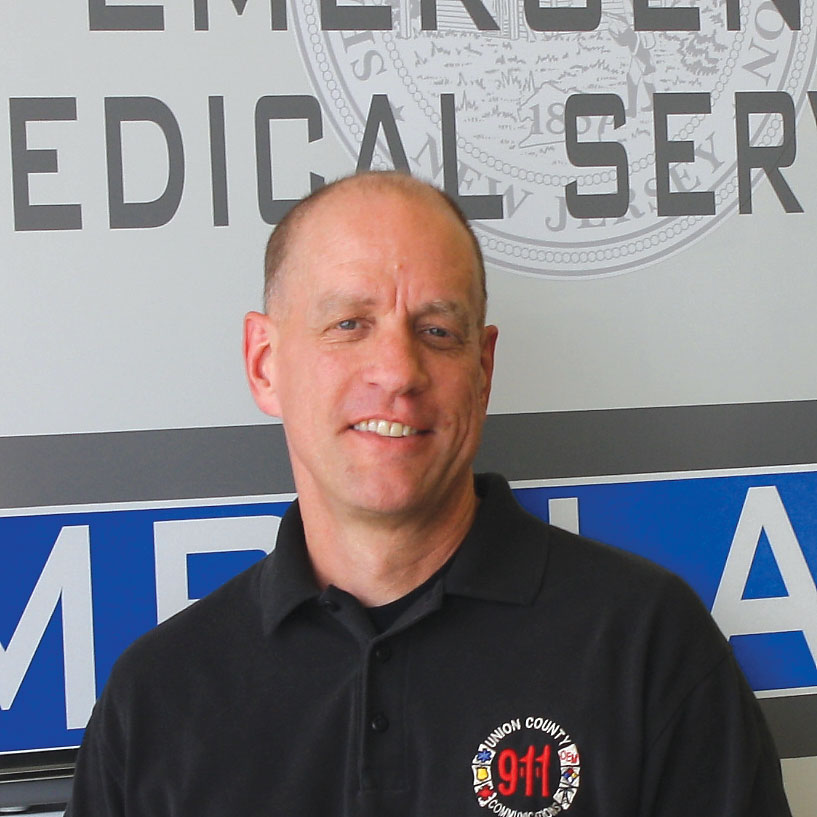

The Danger Zone On Wireless Calls

Columns

By Art Braunschweiger
Emergency dispatch has come a long way since the early days of cellphones (mobile phones). Wireless communication married to location technology allows caller locations to display instantly on our mapping systems. But you can’t take out the human element: the emergency dispatcher. If we don’t do our jobs, people can die. Yet we often fail to recognize bad practices that can put people at risk.
Most agencies receive well over half their calls via wireless (mobile) networks. Many are calls with no one on the line. While many of these are accidental “pocket dials,” some are not. Often police are dispatched to investigate these, aided by latitude and longitude data passed from the phone system and displayed on a map. The problem is that even advanced location technology only gives a caller’s approximate location. The “uncertainty factor” may be less than 30 meters (under 100 feet), but it’s approximate nonetheless. In a suburban environment, the caller may be in one of several apartments (flats) or one of several adjoining houses. Think of a circle of probability: The caller is probably inside that circle, you just don’t know exactly where, and there’s no guarantee the caller is even in the circle.
Get ready to enter the danger zone. It happens when an emergency dispatcher gives the street address corresponding to the latitude and longitude coordinates as the location of the call. That’s misinformation, pure and simple. It suggests that someone at that specific address called for help when that might not be the case. If no one is home when police arrive, it may result in a forcible entry to search for a victim who doesn’t exist. Ultimately, it may even mean that a real victim isn’t found.
A best practice when dispatching responders to the coordinates of a wireless/mobile call is to advise responders that the cell/mobile coordinates centered on the address shown. Going one step further, provide the “uncertainty factor” displayed by some phone systems. Simply put, that’s how far—in feet or meters from the latitude and longitude displayed—away the caller is likely to be found. This, in turn, may tell responders whether they need to knock on four doors or eight.
For larger properties, where the coordinates are centered on the property is also key information that should be relayed. Advising responders that the cell/mobile coordinates centered on the left rear corner of the property may narrow their search considerably or might broaden it to include the adjacent property or street.
Another good practice to minimize dispatch errors is to identify cellphone/mobile coordinates as such in your CAD system. For a call dispatched to a street address corresponding to a set of coordinates, entering “CELL COORDINATES” in the location name field makes it clear that you don’t yet have a confirmed address. “CELL TOWER” could be the location name in CAD when no coordinates are available and the address of the tower is used. This can avoid incidents like the one that occurred in Deerfield Township, New Jersey (USA), on July 29, 2016. Late at night, officers were mistakenly dispatched to a call with no one on the line. The tower address was mistaken for the caller’s address and tragically, there was a house on the same property (the owner leased land to the phone company for their cell tower.) The resident saw the officers walking around the darkened house and, thinking they were intruders, retrieved his shotgun. The officers, seeing a man with a weapon in the darkened house, opened fire.
If you’re a football player, you maximize your team’s chances of winning when you pass the ball effectively every time. In our jobs, we pass information. Make it accurate and make it count every time.

About the Author:
Art is a software instructor and IAED-certified EMD-Q® instructor for Priority Dispatch Corp.™ He has been a fire and EMS dispatcher for 20 years and is a former air medical dispatcher. He currently works at Union County Regional Communications in Westfield, New Jersey (USA).







